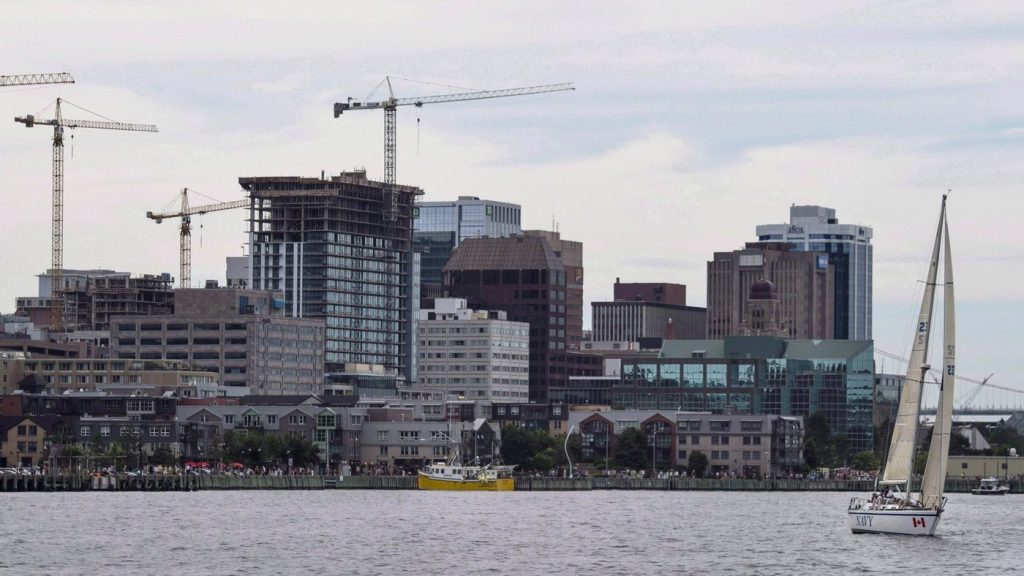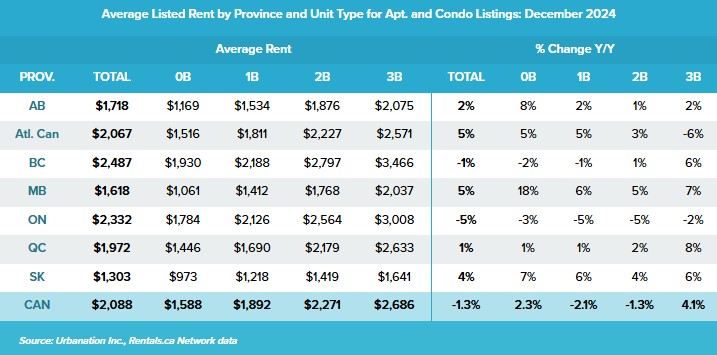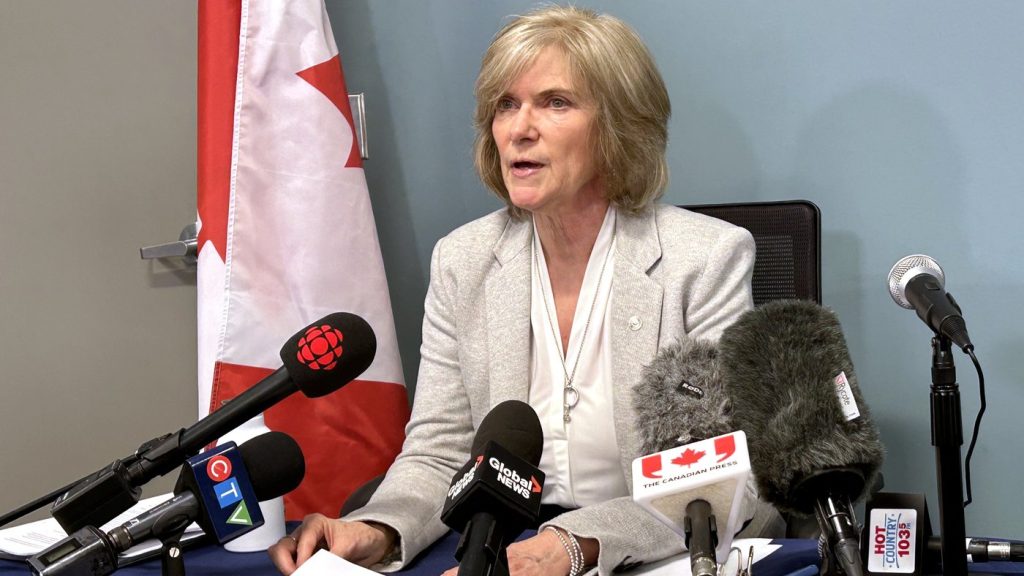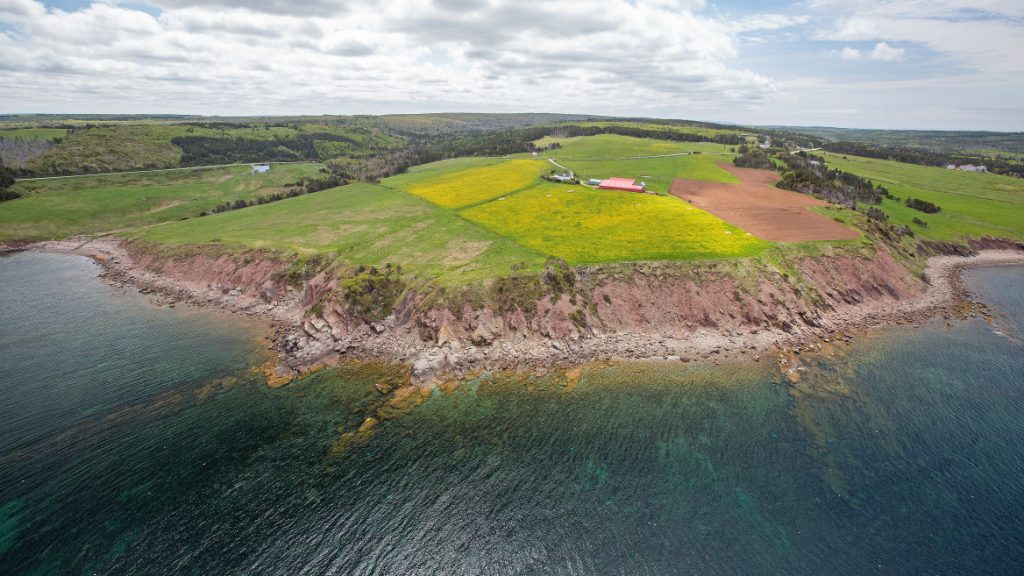Canadian rent at 17 month low; housing costs in Halifax still rising

Posted Jan 12, 2025 01:40:12 PM.
Last Updated Jan 12, 2025 01:40:17 PM.
As Canadians grapple with rising costs of food, utilities and other goods and services, a slight rent relief is welcomed. According to the January 2025 Rent Report from Rentals.ca and Urbanation, the average asking rent for all residential property types in Canada was 3.2 per cent lower at the end of 2024 than the end of the previous year. This marks a 17-month low average rent of $2,109.
The decline follows a growth of 8.6 per cent in 2023 and 12.1 per cent in 2022. 2024 is the first year Canadians experienced an annual decrease in rent since the onset of the COVID-19 pandemic when the national average rent fell 5.4 per cent.
Even with the year-over-year decrease, overall rent across the country increased 16.8 per cent over the past five years, an average of 3.15 per cent per year.

In Atlantic Canada, those numbers are even higher. For all residential property types, asking rent in the Maritimes increased five per cent between December 2023 and December 2024, tied with Manitoba for the highest increase. Atlantic Canada is currently the third costliest region for rent, next to B.C. and Ontario.
Halifax, the most populous city in Atlantic Canada, ranks 11th on the list of costliest places to live in Canada, with the average rent for a one bedroom sitting just below the national average at $2,030.
But the city has seen one of the most dramatic increases in asking rents since the end of 2023. Year-over-year, the average asking rent for a one bedroom in Halifax increased a stark 10.3 per cent. On Rental.ca and Urbanation’s list of the top 35 rents across the country, only Lethbridge, AB saw a higher jump in rent, 14.5 percent since December 2023.
Rent in Halifax has followed a roller coaster over the past few years. At the end of 2021, the average rent for a one bedroom was $1,602, according to Rentals.ca. By the end of 2022, that number jumped 24 per cent to $1,987, before decreasing 7.4 per cent to $1,841 in December 2023.
According to the Halifax Partnership, the population of the city has grown between four and five per cent each year since 2021. The burgeoning population, mixed with the fact that the city has one of the lowest vacancy rates in the country, sitting at one per cent, has meant there is less supply for the demand on rental housing.
Nova Scotia’s rent cap also increased to five per cent at the beginning of 2024, from the previous two per cent.
But rising rent costs are making it even harder for those just trying to make ends meet. According to the Affordable Housing Association of Nova Scotia, there are, as of Jan. 8, 1,161 actively homeless people within Halifax, a drastic increase from the 586 people experiencing homelessness in 2022.
Halifax’s new mayor, Andy Fillmore, has said the worst of the municipality’s homeless crisis is over, in a bid to have encampments closed across the region.
But experts have said the amount of shelter space available is not enough to help the growing number of people on the streets.
Nova Scotia funds 390 shelter beds in Halifax. Additionally, since 2023 the province has opened an 185-unit transitional shelter in Halifax run by Adsum for Women and Children, and has established 50 single-occupancy shelters in the municipality, with 85 more planned for the area.
“It baffles me, the state we’re in,” Steve Wilsack, the head of Housing First Nova Scotia, said in an interview with the Canadian Press. “Nothing has changed at all, in fact, I believe things have only gotten worse,”
– with files from Canadian Press








